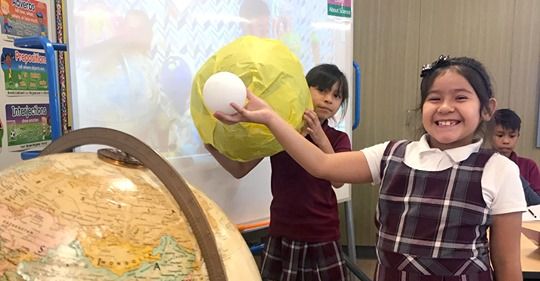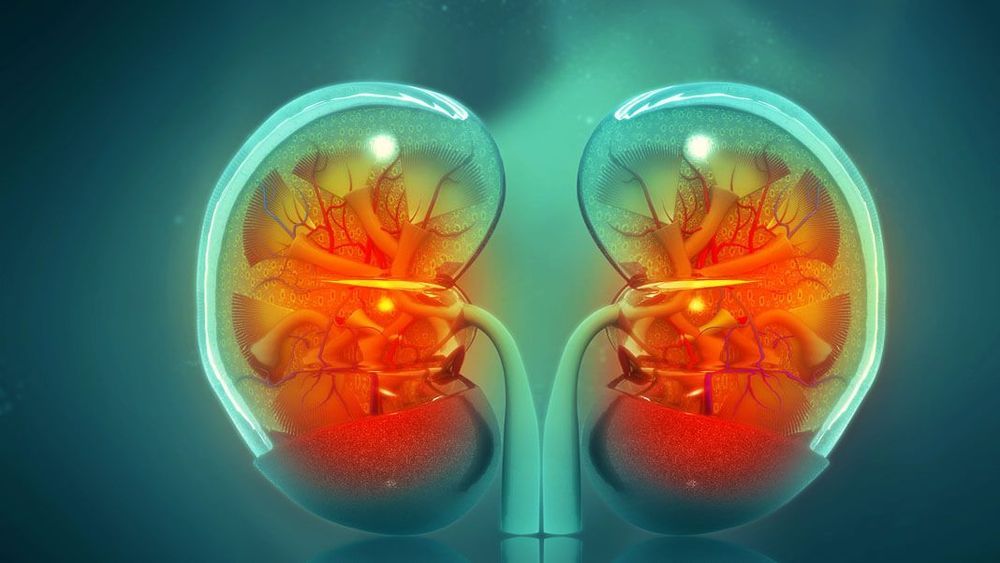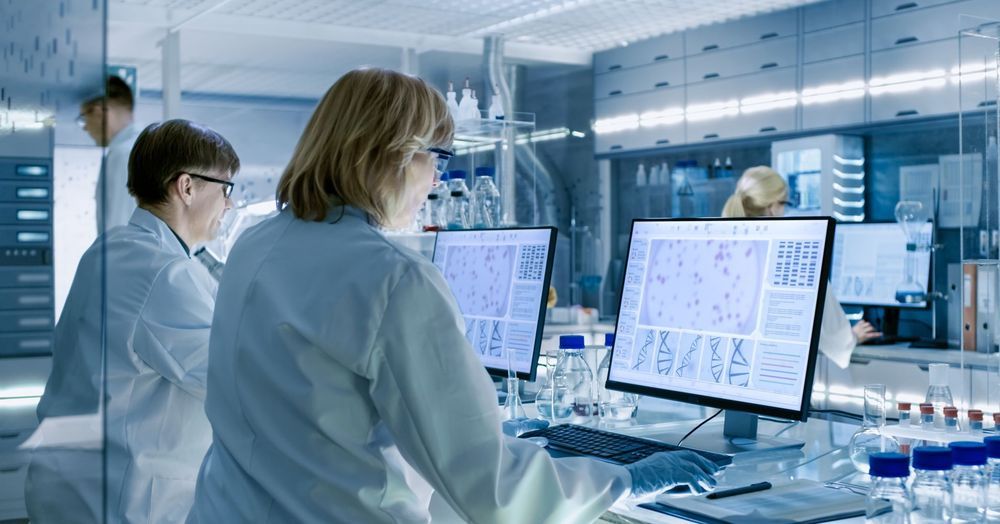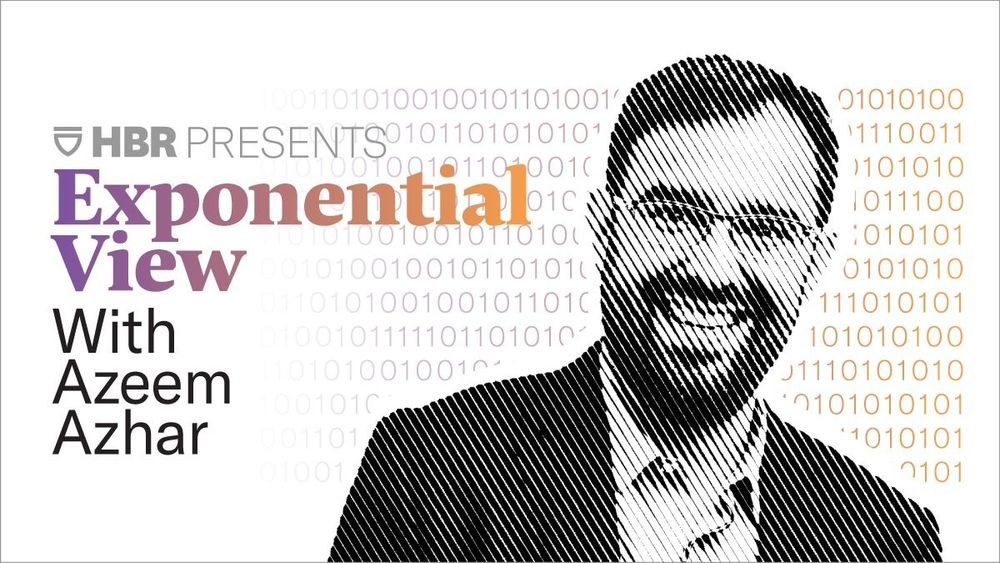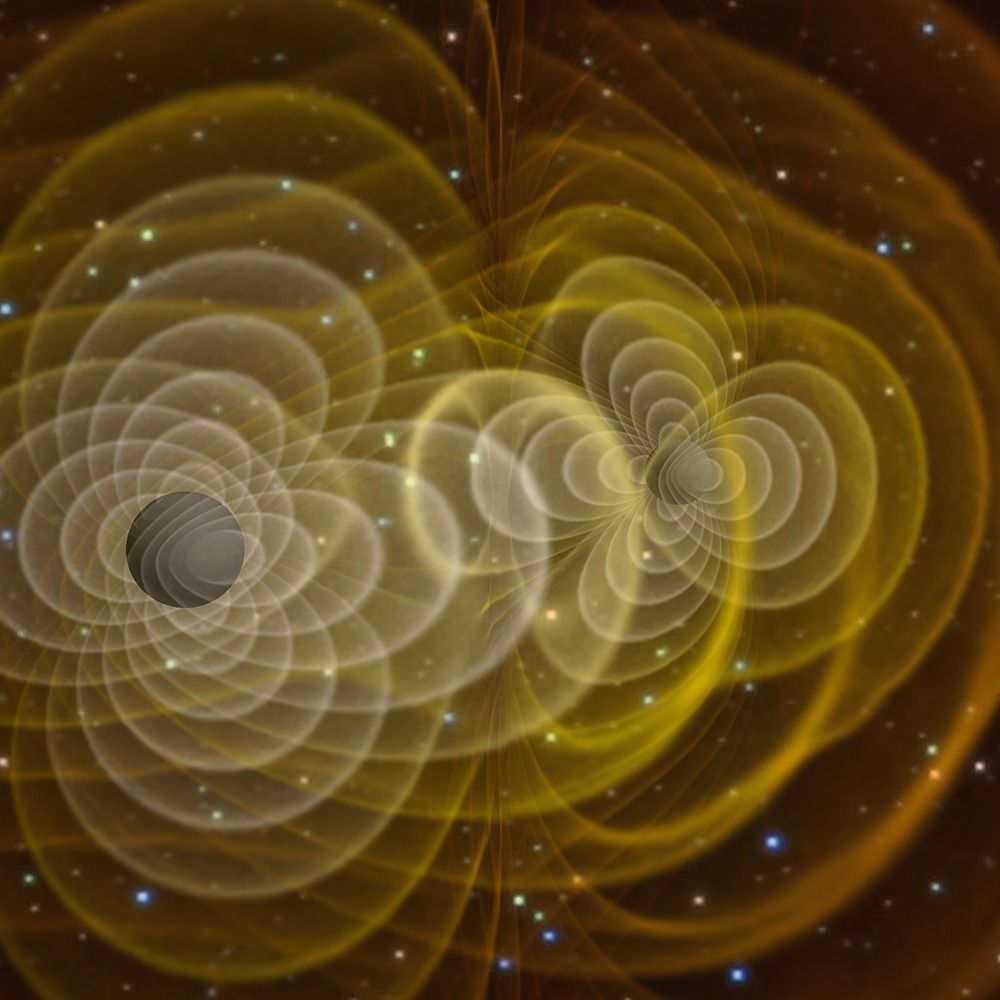Page 9197
How many licks does it take to get to the center of Phobos?
NASA’s Odyssey orbiter could help us figure out if this mysterious Martian moon is:
☄️ a captured asteroid 🍰 a small piece of the Red Planet 🍬 an Everlasting Gobstopper.
May 10, 2019
China charts a path into European science
Posted by Derick Lee in categories: energy, science
The promise of investments in infrastructure and research appeals to many of the economically challenged nations in central and eastern Europe. These countries have battled brain drain, persistent corruption and lack of support for research and development. In this region, Chinese companies are — among other projects — building a bridge to connect two parts of Croatia, although this project stalled in 2012, in part because of funding problems. They are also financing the construction of an energy-efficient ‘smart city’ near the Bulgarian capital of Sofia, which would be the first such development in Europe, according to promoters.
As the Belt and Road Initiative spreads to central and eastern Europe, China’s investments in research and technology are raising concerns in the West.
By Antoaneta Roussi
Continue reading “China charts a path into European science” »
May 9, 2019
New Progress in the Biggest Challenge With 3D Printed Organs
Posted by Shailesh Prasad in categories: 3D printing, bioengineering, biotech/medical, food
We’re tantalizingly close to growing organs in the lab, but the biggest remaining challenge has been creating the fine networks of blood vessels required to keep them alive. Now researchers have shown that a common food dye could solve the problem.
In the US there are currently more than 100,000 people on organ transplant waiting lists. Even if you’re lucky enough to receive a replacement, you face a lifetime on immunosuppressant drugs. That’s why scientists have long dreamed of growing new organs from patients’ own cells, which could simultaneously tackle the shortage and the risk of organ rejection.
The field of tissue engineering has seen plenty of progress. Lab-grown skin has been medically available for decades, and more recently stem cells have been used to seed scaffolds—either built form synthetic materials or made by stripping cells from natural support structures—to reproduce more complex biological tissue.
Continue reading “New Progress in the Biggest Challenge With 3D Printed Organs” »
May 9, 2019
Human lifespan could soon pass 100 years thanks to medical tech, says BofA
Posted by Klaus Baldauf in categories: biotech/medical, finance
One of the biggest investment opportunities over the next decade will be in companies working to delay human death, a market expected to be worth at least $600 billion by 2025, according to one of Wall Street’s major investment banks.
May 9, 2019
Jeff Bezos unveils lunar lander to take astronauts to the moon by 2024
Posted by Genevieve Klien in category: space travel
“This vehicle is going to the moon,” Bezos said during an invite-only presentation to media and space industry executives.
“We were given a gift — this nearby body called the moon,” Bezos said. He added that the moon is a good place to begin manufacturing in space due to its lower gravity than the Earth. Getting resources from the moon “takes 24 times less energy to get it off the surface compared to the Earth,” Bezos said, and “that is a huge lever.”
The Blue Moon lander can bring 3.6 metric tons to the lunar surface, according to Bezos.
Continue reading “Jeff Bezos unveils lunar lander to take astronauts to the moon by 2024” »
May 9, 2019
These mesmerizing science photos open up a mysterious, invisible world
Posted by Genevieve Klien in category: science
May 9, 2019
AI and the Genetic Revolution
Posted by Genevieve Klien in categories: biotech/medical, genetics, robotics/AI
Michigan State University senior vice president Stephen Hsu, a theoretical physicist and the founder of Genomic Prediction, demonstrates how the machine learning revolution, combined with the dramatic fall in the cost of human genome sequencing, is driving a transformation in our relationship with our genes. Stephen and Azeem Azhar explore how the technology works, what predictions can and cannot yet be made (and why), and the ethical challenges created by this technology.
In this podcast, Azeem and Stephen also discuss:
May 9, 2019
This Bird Went Extinct and Then Evolved Into Existence Again
Posted by Quinn Sena in categories: education, evolution
The Aldabra white-throated rail, a flightless bird that lives on its namesake atoll in the Indian Ocean, doesn’t look like anything special at first glance. But the small bird has big bragging rights, because it has effectively evolved into existence twice after first going extinct some 136,000 years ago.
According to a study published Wednesday in the Zoological Journal of the Linnean Society, the rail is an example of a rarely observed phenomenon called iterative evolution, in which the same ancestral lineage produces parallel offshoot species at different points in time. This means that near-identical species can pop up multiple times in different eras and locations, even if past iterations have gone extinct.
Fossils of the flightless bird were found both before and after Albadra was submerged by an “inundation event” that occurred around 136,000 years ago, said study authors Julian Hume, an avian paleontologist at Natural History Museum in London, and David Martill, a paleobiologist at the University of Portsmouth.
Continue reading “This Bird Went Extinct and Then Evolved Into Existence Again” »
May 9, 2019
Gravitational waves leave a detectable mark, physicists say
Posted by Quinn Sena in categories: cosmology, physics
Gravitational waves, first detected in 2016, offer a new window on the universe, with the potential to tell us about everything from the time following the Big Bang to more recent events in galaxy centers.
And while the billion-dollar Laser Interferometer Gravitational-Wave Observatory (LIGO) detector watches 24/7 for gravitational waves to pass through the Earth, new research shows those waves leave behind plenty of “memories” that could help detect them even after they’ve passed.
“That gravitational waves can leave permanent changes to a detector after the gravitational waves have passed is one of the rather unusual predictions of general relativity,” said doctoral candidate Alexander Grant, lead author of “Persistent Gravitational Wave Observables: General Framework,” published April 26 in Physical Review D.
Continue reading “Gravitational waves leave a detectable mark, physicists say” »


